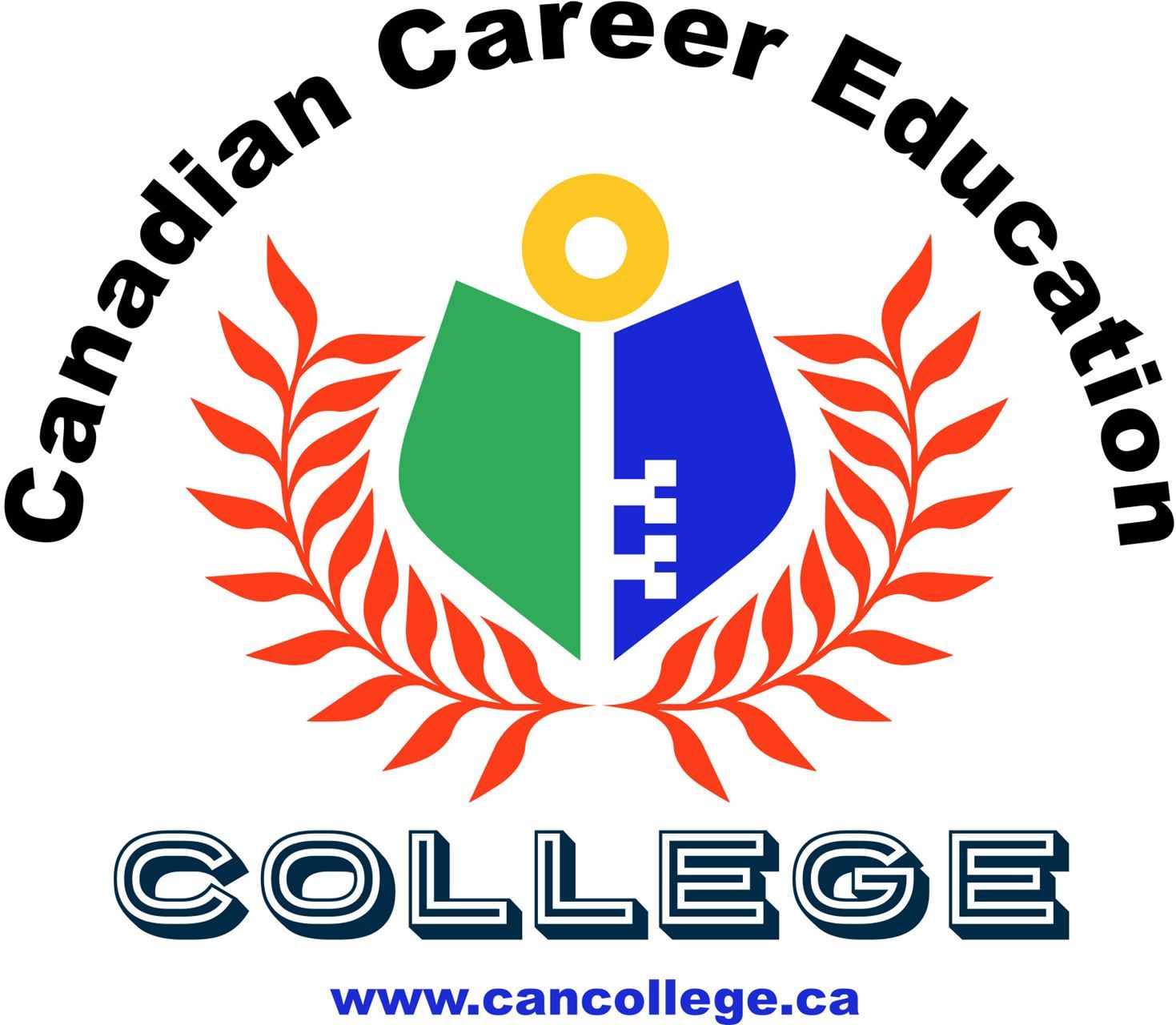| Use the following button to log in or out |
C.C.E.C. - O.L.M.S.
Distance Learning for Students
Distance learning can be through e-learning, correspondence, or internet courses. Distance learning is a process by which technology is used in ways where the student does not have to physically be in the place where the teaching is taking place. |
C.C.E.C. Live Interactive Learning Module (OLMS) Students are required to have their own devices.
Training Mobile Learners
Interactive Learning Features During learning, session educators can gauge students' interest and participation using dashboard charts to keep them involved and to assess what students have learned by giving tests before, during, and after the live learning module.
For Students:
After Your Learning
*As per CCEC’s specific course policy | Definitions Program Delivery Format OptionsThe delivery format is the method used to deliver the program. Career colleges must identify which delivery formats are available to students. All three boxes can be selected. Full in-person delivery Full online delivery Instruction is delivered entirely in an online or digital environment. The instructor and students must connect in an interactive way for some of the program but do not have to physically meet in person. The student does not have to be on campus, or in the same physical place as an instructor or class at any time. Combination of in-person and online (hybrid) Face-to-Face Course (F2F) - A course in which an instructor delivers all course content in real time with students usually present in the same location, or connected via a video/audio conference. Web-Facilitated Course – An F2F course where the instructor uses web-based technology to supplement and/or support class time and assignments. Online Course – A course where all of the content is delivered asynchronously online. There are no F2F meetings and synchronized online meetings are limited. Hybrid (Blended) Course – "Hybrid" or "Blended" are names commonly used to describe courses in which some scheduled course meeting times are regularly replaced by online learning activities, video lectures, or in-person. The purpose of a hybrid course is to take advantage of F2F, video access, and online learning (e.g. students can access/attend the course via video lecture, or meet face to face, or online via web activities). Academic Content and its Oversight – This refers to the original academic materials prepared by the instructor, not including the related technological architecture. The oversight of academic content is conducted through peer review and evaluation, and is related to the integrity and appropriateness of the course and the program's curriculum, as well as an assessment of teaching effectiveness. Technological Architecture and its Oversight – The skeletal structure within a learning management system that may include the creation and organization of spaces for holding academic content, hosting discussions, or collecting student work, as well as other features. The oversight of technological architecture is conducted through collegial review, evaluation with a particular focus on ensuring accessible design, and student engagement. “D” and “F” represent letters grades. “UW” is the code that faculty members record for “unauthorized withdrawal”: Faculty are instructed to assign “UW” instead of an “F” if a course failure is due to the discontinuation of class attendance without formal withdrawal. A "UW" carries the same impact on the GPA as an “F.” Asynchronous Communication – A term used to refer to types of computer-mediated communication that involves a time lag in participant contributions. While a cohesive dialogue may be accomplished, the participants see and contribute to that conversation in disrupted segments. For example, a learner may send an e-mail message to an instructor one day and the instructor may read and respond to the email two days later. Similarly, discussion forums are a form of asynchronous communication that by design retains the full communication thread and grows over time. In eLearning environments, architectural forums that support asynchronous communication create flexibility in participation for both the learner and the instructor(s). Synchronous or Real-Time Communication – Terms used to refer to types of computer-mediated communication that support an interactional mode without time lags. For example, video conferencing and online chat sessions are two types of computer-mediated asynchronous communication. Some eLearning courses require learners and teachers to convene at least once in real time. These meetings may take place in physical classrooms, in online chat spaces, through video conferencing, or via other real-time forums. Basic Principles G. Class size and instructor workload shall be determined by the Department in consultation with the College Dean. Class size and the related assigned workload shall be a factor expected of the instructor time commitment. Instructor time, in online and hybrid environments, is a function of course learning outcomes and the related time an instructor must commit to appropriately monitor, evaluate, and participate in online interactions, as well as evaluate individual assignments. |
 Canadian Career Education College
Canadian Career Education College